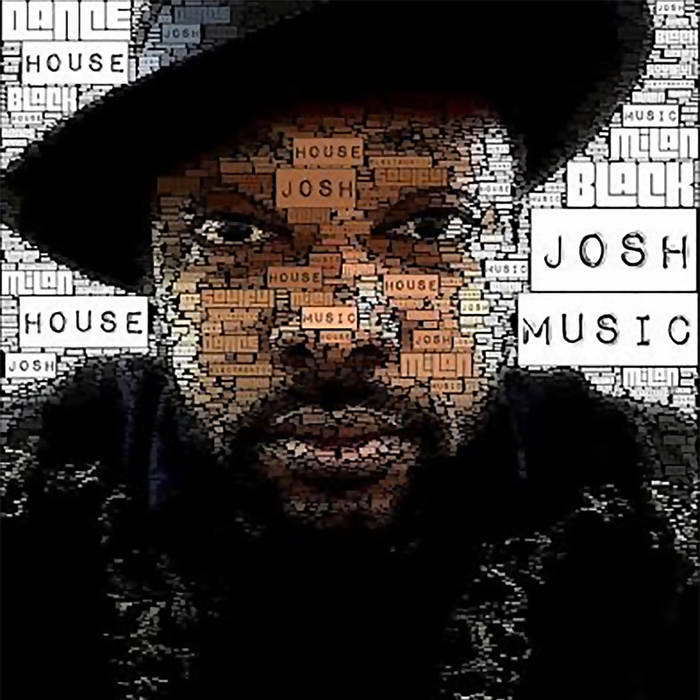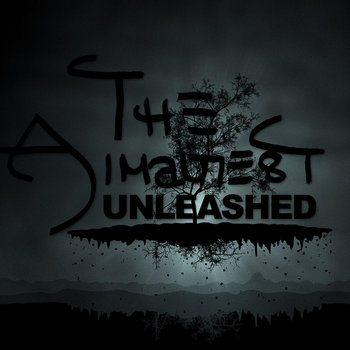
Written by Cherie Hu — The latest statistics on the behavior of streaming subscribers are upending conventional understandings of how and why we consume music.
Last week, media and technology analysis firm MIDiA Research released an infographic on streaming users’ listening habits. According to the graphic, 58% of streaming subscribers listen to an individual album or track only a few times, while 60% of subscribers engage in this behavior due to the desire to discover more new music. These numbers are significantly higher compared to the 30% and 27%, respectively, of overall music consumers with those attitudes, implying that paying subscribers tend to exhibit more casual listening behavior.
These findings put into question historical understandings of music fandom, and have particular urgency in today’s music landscape where streaming revenues are surpassing physical sales for the first time. Indeed, streaming is one of the fastest-growing music formats today: the 2014 Nielsen Music U.S. Report declared record levels of on-demand audio streaming in 2014 at 78.6 billion streams, a 60% increase from 2013. Spotify itself has over 20 million paying subscribers as of June 2015, a 100% increase from the previous year.
Furthermore, MIDiA’s findings are not the first to suggest that our music tastes are becoming both more widespread and more fleeting. Havas Media Group’s FANS.PASSIONS.BRANDS study from July 2015 claims that 59% of music fans ages 35 and older cite discovery as an important impetus for music consumption, while 56% of all music fans listen to 10 or more genres on a regular basis. The study even gives this phenomenon a title: the Shuffle Age.
In light of the correlation between the growth of streaming and the emergence of the Shuffle Age, it is crucial that artists and labels alike work toward a better understanding of the transformative role that streaming subscribers play in the industry. From the label’s perspective, how can one monetize on increasingly casual listening habits, which by definition may involve a lower willingness to pay? From the individual artist’s perspective, how can one reconcile the pursuit of a holistic, stable artistic vision with a potentially much more unstable fan base?
The prominence of streaming services is leading to the emergence of a new dichotomy of superfandom in music—the artist superfan versus the streaming superfan (a.k.a. the paying streaming subscriber). A standard framework for understanding the artist superfan is laid out in the film “Super Fans: The Future of the Music Industry.” Co-produced by direct-to-fan music platform PledgeMusic and online education company Lynda.com, the video defines superfans as those who are willing to pay the most to connect on a deeper level with artists, and provides action items for artists to maximize their superfans’ engagement. First, artists themselves need to work toward increasing their own exposure, “one fan at a time,” instead of relying on labels to do the job. Second, artists need to foster bidirectional conversation with their listeners and foster a personal relationship that extends beyond music.
The MIDiA findings show that a crucial difference between the artist superfan and the streaming superfan is the extent of engagement and conversation. As subscribers actively discover new music and spend less time with each individual album, their tastes are characterized by greater breadth at the expense of depth. They seem to consume music like the average internet user consumes news: as brief sound bites that expire within an increasingly short period of time before being engulfed by new content.
In fact, this more transient behavior could be generalized to all music consumers, not just paying subscribers. “We are now living in the attention economy, where people make investments in artists with their time, not necessarily with cold hard cash,” explains MIDiA founder Mark Mulligan. “Hence we see an increasing amount of competition for time—if you’re streaming an artist or album for free, it’s only one of a whole bunch of albums that are being pushed to you that same day or week. People inherently develop shallower relationships with artists in such an environment.”
The artist/streaming superfan dichotomy can be characterized not only by differences in engagement, but also by contrasting motivations. While artist superfans seek personal identification and connection with an artist, streaming superfans often seek a wider music knowledge base to strengthen their confidence in their own overall tastes, prioritizing expansion of musical and social capital over artist-fan relationships.
Spotify has recently rolled out several features that cater to these streaming superfans, encouraging users to act as tastemakers by giving them algorithmically-generated gateways to emerging artists. The Discover Weekly playlist is a weekly personalized curation of music, based both on one’s own listening history and on a collaborative-filtering mechanism that takes into account what other users with similar tastes are listening to and playlisting. Found Them First is another web app that calculates whether you were in the top 5% of streamers of a particular artist on Spotify. If their algorithm concludes that you did not “find” any artist “first,” the app announces, in a quintessentially eager manner: “You haven’t discovered any artists so far. But that’s about to change! It’s never too late to get ahead of the crowd.” A new playlist then pops into your Spotify account called “Find Them Next”—note that this is not just a title, but an actual command.
Although features like these demonstrate Spotify’s data-mining prowess and leverage streaming users’ predictive power of artist popularity, they do not effectively foster closer artist-fan relationships in tandem with their tastemaker cultivation. While the streaming superfan becomes stronger, the artist superfan becomes weaker. A Spotify user may take on the role of influencer and successfully expand the reach of this “Find Them Next” playlist to a further audience, only to lose interest and dive into a separate discovery cycle with another roster of emerging artists. In the crowded music-streaming world, the earliest customers are not necessarily the most devoted.
In addition, in an economy of attention and abundance, monetary investment is akin to personal and emotional investment. As subscribers are investing money in streaming services, therefore, it is these services, not the artists behind them, who may actually come to hold more emotional power in the industry. This leads to a critical gap where users find value in the opportunities for discovery and tastemaking that streaming platforms provide, but cannot go beyond those platforms to access the artists who are, in many cases, in more dire financial need.
Given the increasing popularity of paid streaming and the fleeting behavior of its users, how can we retain traditional superfan engagement and restore emotional power to creators? Below are three solutions which the mainstream music industry has tackled with mixed success, and must continue to pursue.
1. Increase opportunities for direct artist-fan engagement on streaming services. As previously stated, artist superfandom necessitates bidirectional conversation to foster more intimacy; by incorporating an artist-fan conversation platform into services like Spotify, the two forms of superfandom can coexist. Apple AAPL +0.00% attempted to make this symbiosis a reality with its Connect feature on Apple Music, but has faced criticism for erring on the more one-directional side—artists seemed to be using the platform solely for concert or album promotion purposes, leaving little incentive or opportunity for engagement in the other direction.
2. Enable listeners to subscribe directly to artists, not just to intermediary platforms. Investing a larger portion of money directly in artists would increase long-term emotional commitment on the part of fans, while maintaining the familiarity and convenient regularity of a subscription model as well as increasing artists’ financial empowerment. Examples of existing products in this space include Patreon (users pledge to pay a fixed amount of money for each product a given artist releases) and Drip (monthly subscriptions to select artists and artist collectives).
3. Use streaming data intelligently to identify genuine artist superfans. In some ways, the vast influx of streaming data makes it easier to pinpoint outliers and true superfans who stream a particular artist or album much more than average, subsequently allowing services to deliver personalized advertising to these superfans. The Bandpage/Rhapsody partnership, whose targeted, timed push-notification messaging to fans has reported a 50% higher engagement rate, is a successful example of using insights from data to cater to a diverse range of streaming users.
Click here to read from this article's source.












































